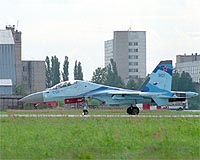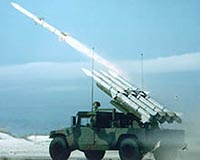 How Taliban is using technology
How Taliban is using technology
26 July, 2008 - KABUL: The once media-shy Taliban have gone hi-tech with DVDs, mobile phone messages, ring-tones, emails and a website to publicise their exploits and lambast their Afghan and Western enemies, a think-tank said. The Taliban hanged televisions and music tapes from trees in an effort to stamp out corrupting Western influences during their hardline Islamist rule of Afghanistan from 1996 to 2001. Their leaders had only one computer, Afghanistan experts say.
But after US-led and Afghan forces toppled the austere movement following the September 11, 2001, attacks, the militants regrouped and re-launched their insurgency in 2005, copying the tactics of roadside and suicide bombs from Iraq. Now, the Taliban have also created a "sophisticated communications apparatus" using the full range of media allowing them to project an "increasingly confident movement,” the International Crisis Group (ICG) said in a report. With their own website, magazines, DVDs, audio cassettes, pamphlets and mobile phones, the ICG says, the Taliban are able to capitalise on mistakes made by the government and its allies and reveal their own “inflated tales of battlefield exploits.” Taliban statements emailed to the media talk of killing “puppet terrorists,” meaning Afghan security forces, and destroying "occupation tanks" and seizing their arms. So-called night-letters are delivered to homes warning Afghans against cooperating with the government and international troops, while DVDs, text and video messages are aimed at the more tech-savvy.
Alienation The ICG said the Afghan government and its allies must try harder to combat weakening public support and alienation caused by arbitrary detentions and civilian casualties which the Taliban are able to exploit through their media. "Whatever the military benefits of arbitrary detentions, they are far outweighed by the alienation they cause," the ICG said. A series of air strikes by international forces in Afghanistan in the last month, Afghan officials say, have killed more than 60 civilians. "The effectiveness of aerial bombardment, even if strictly exercised within the bounds of international law, must be considered against the damage to popular support," the ICG said. The Taliban, it said, are not going to be defeated militarily and are resistant to outside criticism. "Rather the legitimacy of its ideas and actions must be challenged more forcefully by the Afghan government and citizens," the ICG said. Militants should be held to public account for killing civilians and targeting community leaders through open trials, and the Afghan government and its international allies should similarly be bound by the rule of law, the ICG said. "Ultimately, winning popular support is not about telling local communities that they are better off today. It is about proving it," it said.































